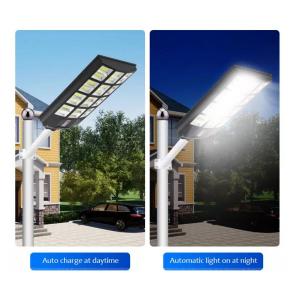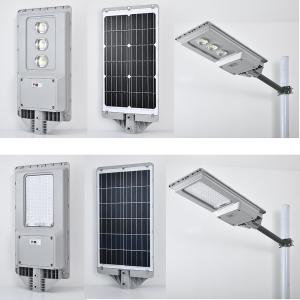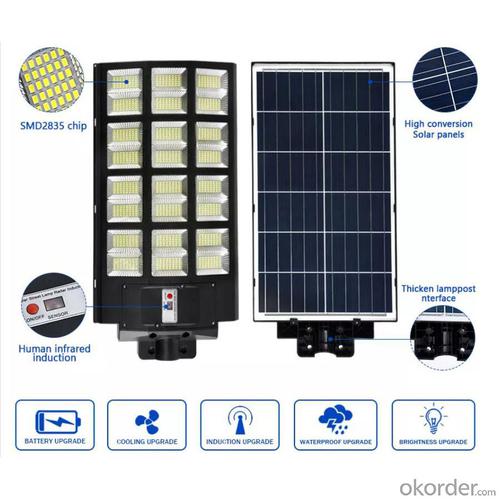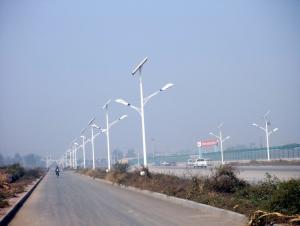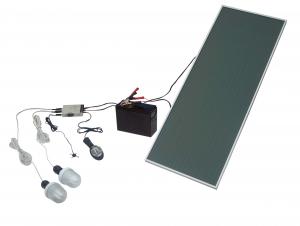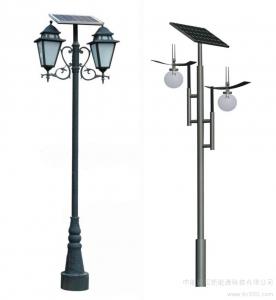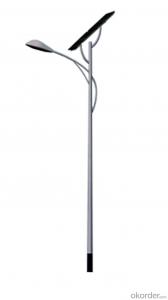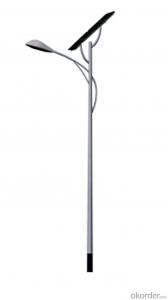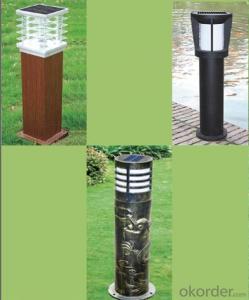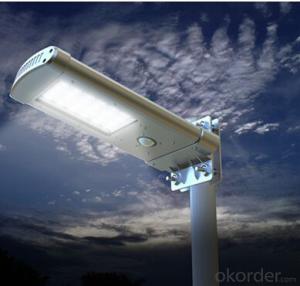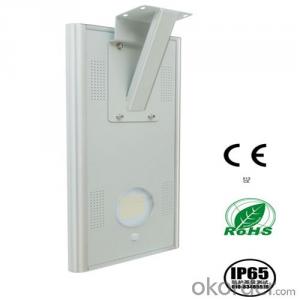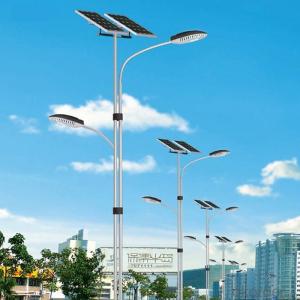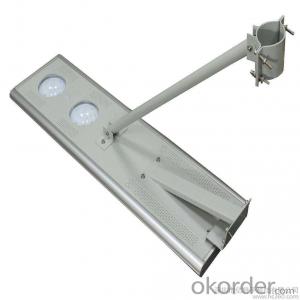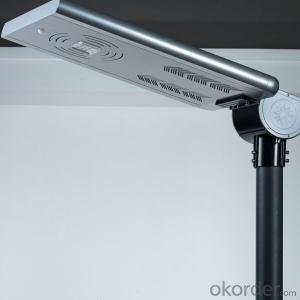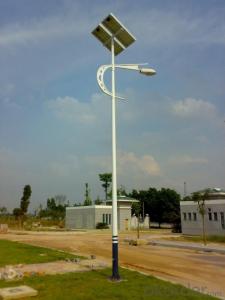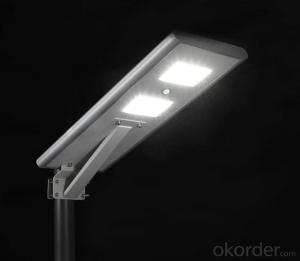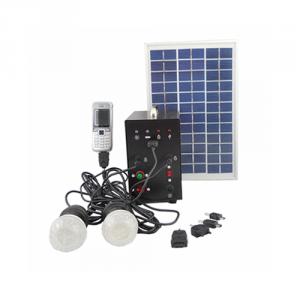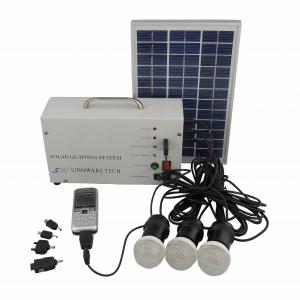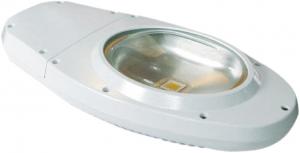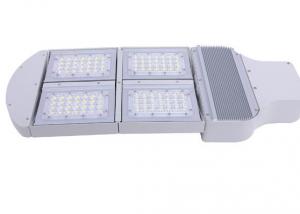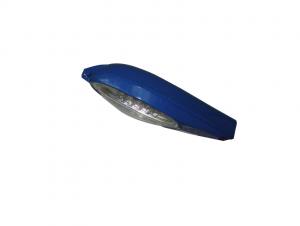300W All-in-One Rechargeable Battery Solar Street Lights with Remote Light Sensor, Polycrystalline Solar Light, IP65
- Price:
- US $138.89 / set
- Loading Port:
- SHANGHAI
- Delivery Time:
- 30 days after your payment
- Quantity:
- Shipping:
- Freight Cost Calculator
OKorder Service Pledge
Quality Product, Order Online Tracking, Timely Delivery
OKorder Financial Service
Credit Rating, Credit Services, Credit Purchasing
You Might Also Like
Outdoor waterproof ip65 & Multiple Installation Mode
Product Parameters
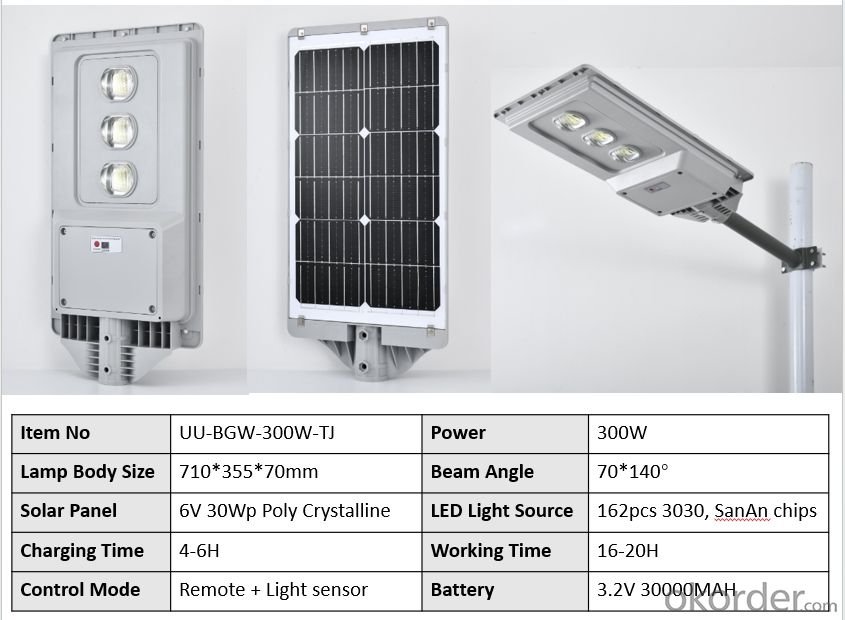
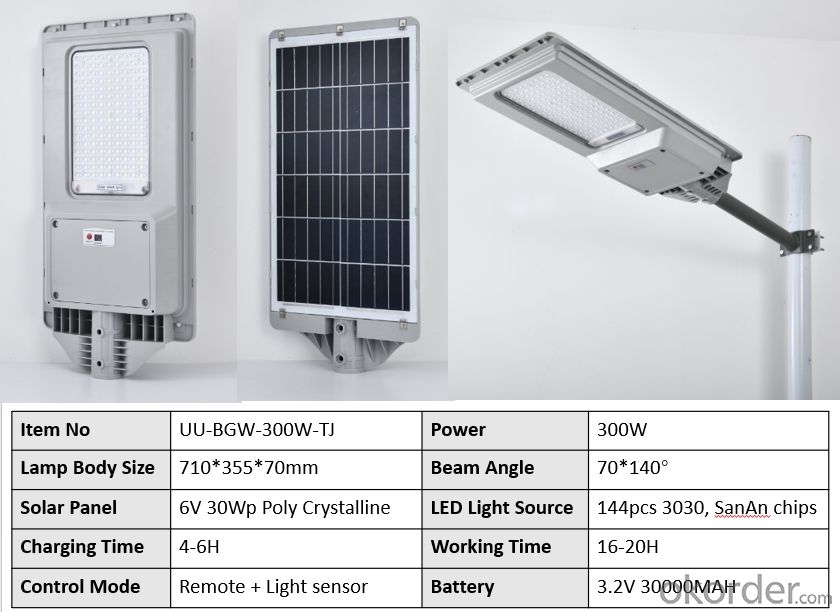
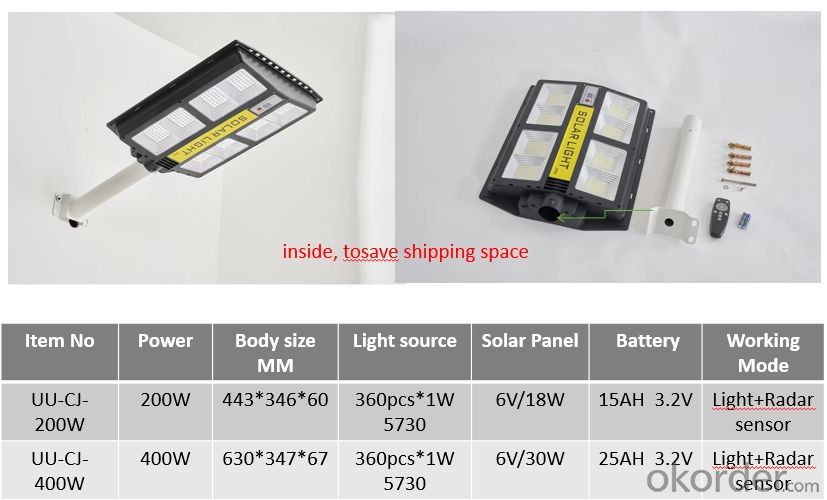
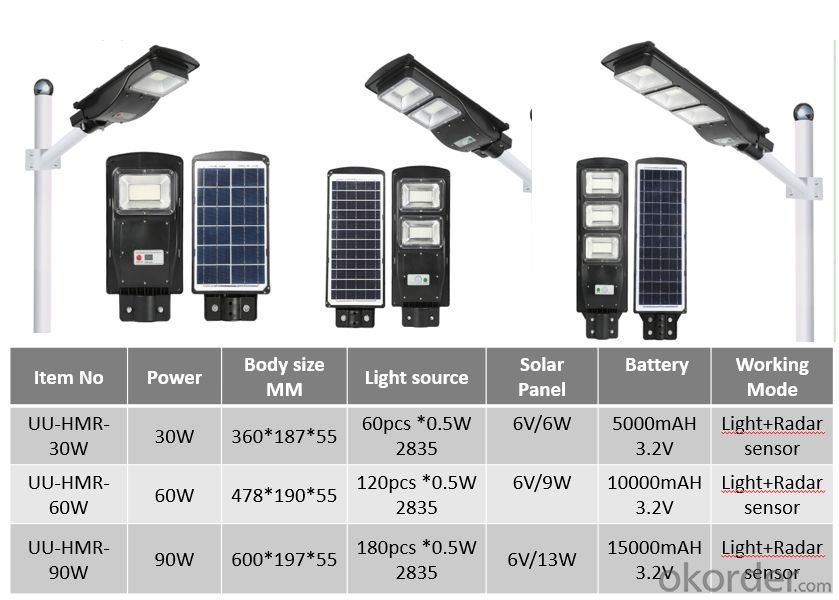
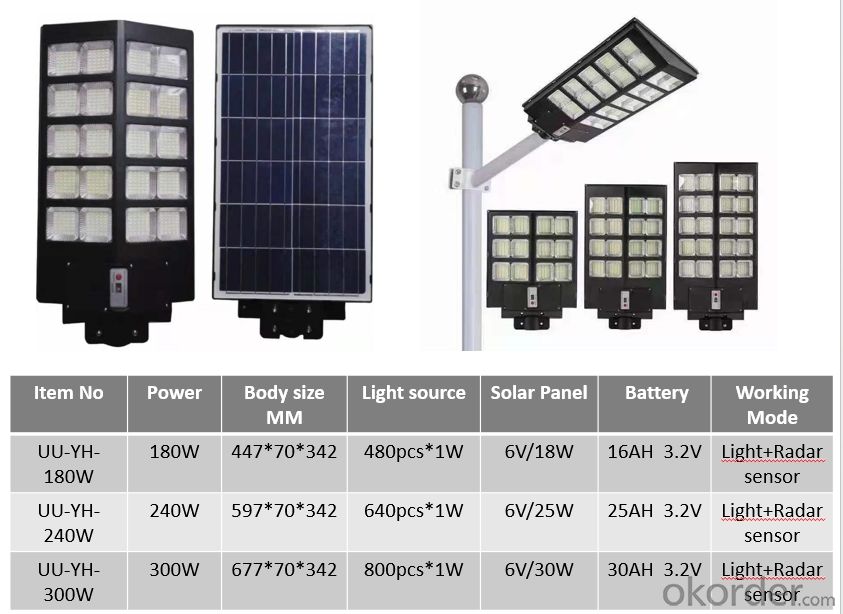

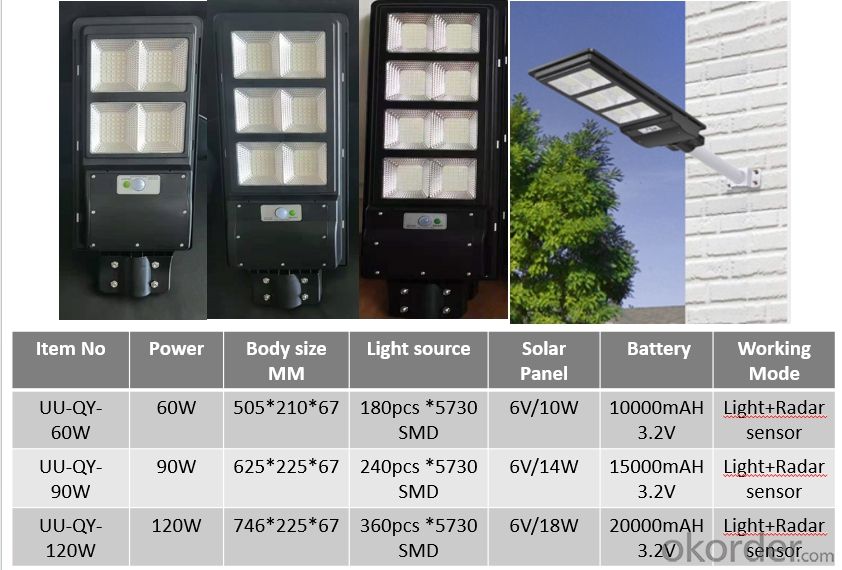
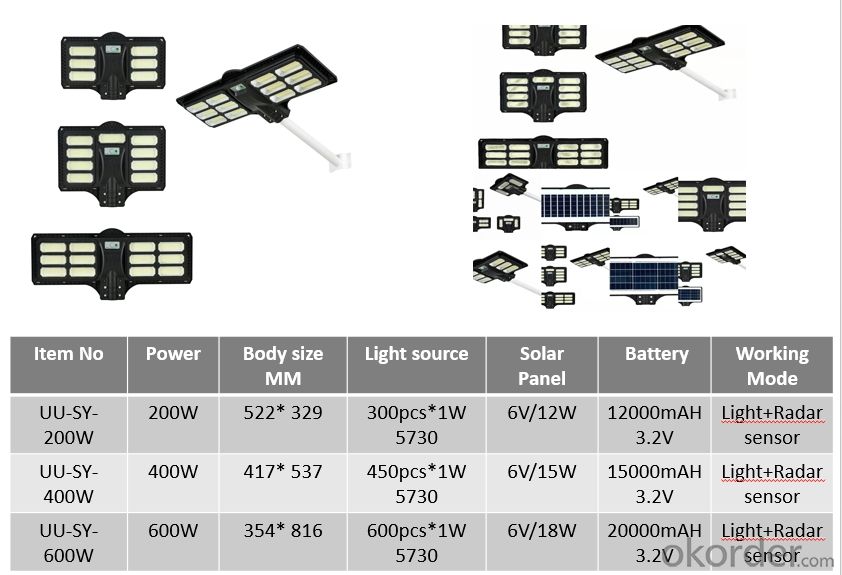
Application Places:
Garden,Countryside Roads,City Bridges Lighting Projects,Private Villas,Rural Villages,Walls,Grasslands……
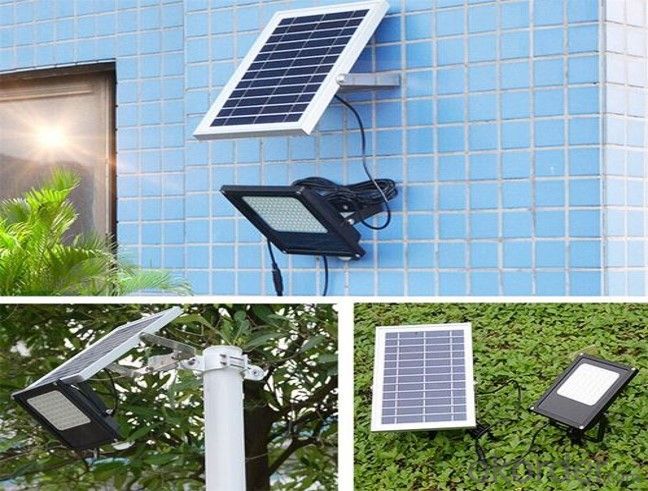
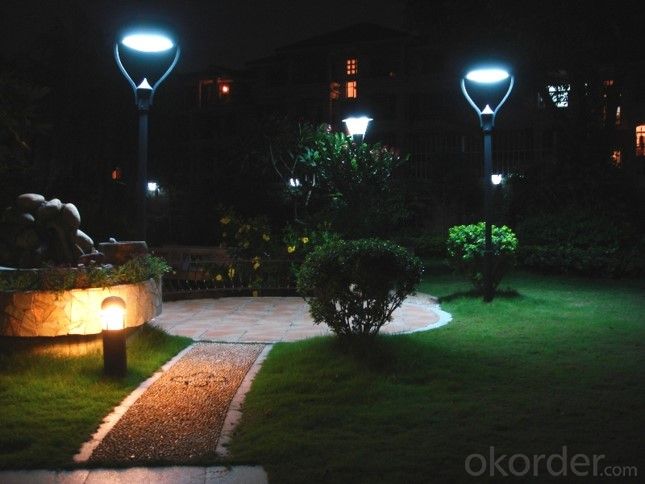

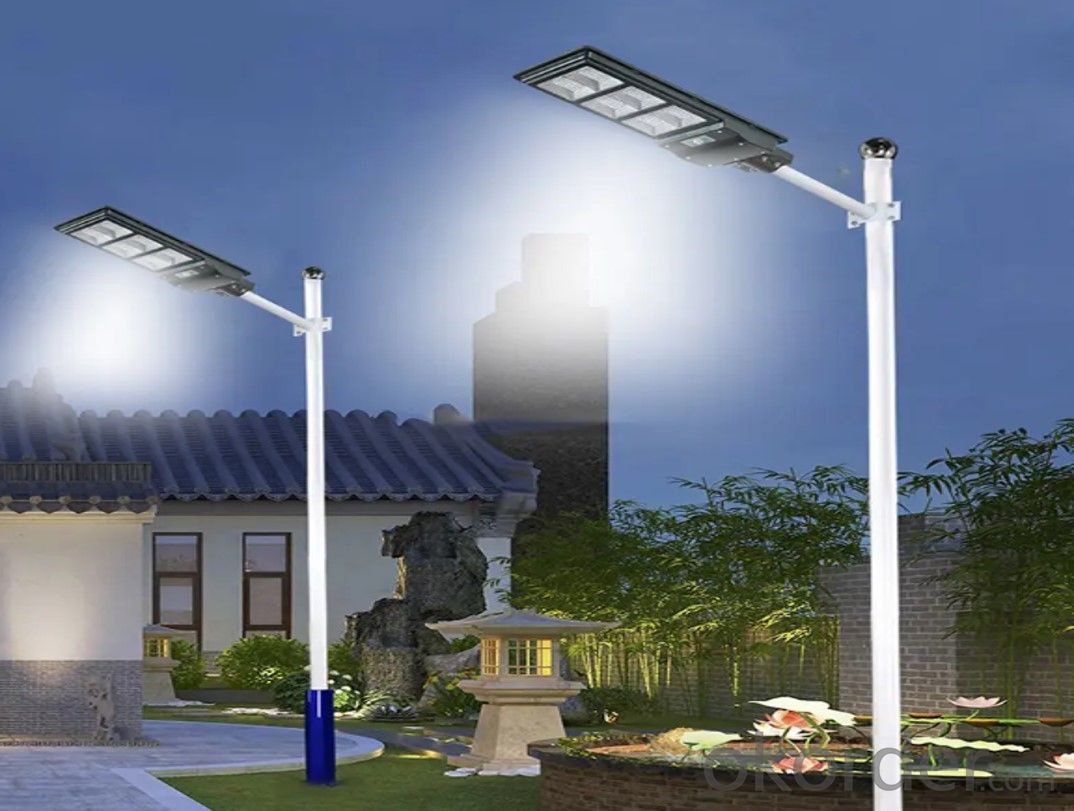

- Q: Are solar lights resistant to pests or insects?
- Pests and insects are generally kept at bay by solar lights. The primary reason for this lies in their lack of chemical emissions or attractants that would draw in such nuisances. Moreover, their reliance on solar energy means they do not generate any heat or warmth that might entice bugs. Additionally, most solar lights are equipped with a protective casing or cover that prevents insects from infiltrating and causing disruption to the internal components. Nevertheless, it is worth noting that while solar lights may possess resistance to pests and insects, they are not entirely impervious. In rare instances, insects may still manage to infiltrate the light, but such occurrences are infrequent and can typically be avoided through proper installation and maintenance. All in all, solar lights offer a dependable and efficient outdoor lighting choice that effectively repels pests and insects.
- Q: Can solar lights be used for remote or off-grid cabins?
- Solar lights are a great choice for remote or off-grid cabins. They provide lighting in areas where access to electricity is limited or nonexistent. These lights work by capturing energy from the sun and converting it into electricity, which can be stored in batteries for use at night or when needed. This makes them a sustainable and renewable source of lighting for cabins in remote locations. There are different types and designs of solar lights available, such as solar lanterns, solar-powered string lights, and solar-powered floodlights. They are easy to install and require minimal maintenance. In the long run, they are cost-effective because they don't rely on traditional power sources, which means they can significantly reduce or eliminate electricity bills. Using solar lights for remote or off-grid cabins is not only practical but also environmentally friendly. By harnessing the energy of the sun, they help reduce carbon emissions and decrease dependence on fossil fuels. This makes them a perfect choice for those who want sustainable and off-grid living solutions. It's important to consider the location of the cabin and the amount of sunlight available when using solar lights. Assessing the surroundings and ensuring sufficient sunlight exposure throughout the day will ensure optimal charging of the solar panels. Overall, solar lights provide a reliable and efficient lighting solution for remote or off-grid cabins. They offer the necessary illumination while reducing the carbon footprint and reliance on traditional power sources.
- Q: Are solar lights suitable for remote cabins or cottages?
- Yes, solar lights are suitable for remote cabins or cottages. They do not require electricity or wiring, making them a convenient and cost-effective lighting solution for off-grid properties. Solar lights harness energy from the sun during the day and store it in batteries, providing illumination at night. They are easy to install, low-maintenance, and can be used both indoors and outdoors, making them an ideal choice for remote locations.
- Q: Can solar lights be used for outdoor gazebos or pergolas?
- Yes, solar lights can be used for outdoor gazebos or pergolas. They provide a convenient and sustainable lighting solution for these outdoor structures. Solar lights are easy to install, require no electrical wiring, and harness sunlight to power the lights, making them an ideal choice for illuminating gazebos or pergolas.
- Q: Do solar lights have adjustable timer settings for automatic on/off?
- Absolutely, a multitude of solar lights offer adjustable timer settings to facilitate automatic on/off functionality. These settings enable you to personalize the activation and deactivation of the lights according to your individual requirements and preferences. Certain solar lights may present preset timer choices, such as 4, 6, or 8 hours, whereas others provide increased flexibility with customizable time intervals. This characteristic proves exceptionally beneficial in terms of energy conservation and guaranteeing that the lights are solely illuminated when necessary, thereby optimizing their efficiency. To modify the timer settings, kindly refer to the instructions provided by the manufacturer or consult the product manual.
- Q: Are solar lights compatible with different types of poles or mounting options?
- Yes, solar lights are generally compatible with different types of poles or mounting options. Solar lights are designed to be versatile and adaptable, allowing for easy installation on various types of poles or mounting options. They often come with adjustable mounting brackets or straps that can be securely attached to poles of different diameters or shapes. Additionally, some solar lights have detachable panels or separate solar panels that can be mounted separately from the light itself, providing flexibility in mounting options. This compatibility makes solar lights suitable for a wide range of applications, including street lighting, landscape lighting, security lighting, and more. However, it is always recommended to check the specific product specifications and mounting instructions provided by the manufacturer to ensure proper compatibility and installation.
- Q: Can solar lights be used for remote control operation?
- Yes, solar lights can be used for remote control operation. Many solar lights come with a remote control option that allows users to turn the lights on or off, adjust brightness levels, switch between different lighting modes, and set timers. The remote control operates wirelessly, allowing users to control the lights from a distance. This feature is particularly useful for outdoor spaces, such as gardens or pathways, where it may be inconvenient to manually access the lights. Solar lights with remote control operation provide convenience, flexibility, and energy efficiency, making them a great option for various applications.
- Q: Can solar lights be used in urban areas with limited sunlight?
- Yes, solar lights can still be used in urban areas with limited sunlight. While the efficiency of solar lights may be slightly affected by reduced sunlight, advancements in solar technology have made them more efficient and capable of generating power even in low-light conditions. Additionally, urban areas often have enough ambient light to enable solar lights to function effectively.
- Q: Are solar lights resistant to corrosion in marine environments?
- Solar lights are generally resistant to corrosion in marine environments. They are specifically designed to be durable and weatherproof, which enables their use in different outdoor settings, including marine environments. Manufacturers often use materials like stainless steel or aluminum that are resistant to corrosion caused by saltwater and high humidity. Furthermore, rigorous testing is conducted on many solar lights to ensure their durability and corrosion resistance in the long run. Nevertheless, it is crucial to review the specifications and ratings of the particular solar light you are considering to ensure its suitability for marine environments.
- Q: Can solar lights be used for outdoor movie screenings?
- Yes, solar lights can be used for outdoor movie screenings as they provide sufficient illumination for the screen and surrounding area, without the need for electricity.
Send your message to us
300W All-in-One Rechargeable Battery Solar Street Lights with Remote Light Sensor, Polycrystalline Solar Light, IP65
- Price:
- US $138.89 / set
- Loading Port:
- SHANGHAI
- Delivery Time:
- 30 days after your payment
- Quantity:
- Shipping:
- Freight Cost Calculator
OKorder Service Pledge
Quality Product, Order Online Tracking, Timely Delivery
OKorder Financial Service
Credit Rating, Credit Services, Credit Purchasing
Similar products
Hot products
Hot Searches
Related keywords

